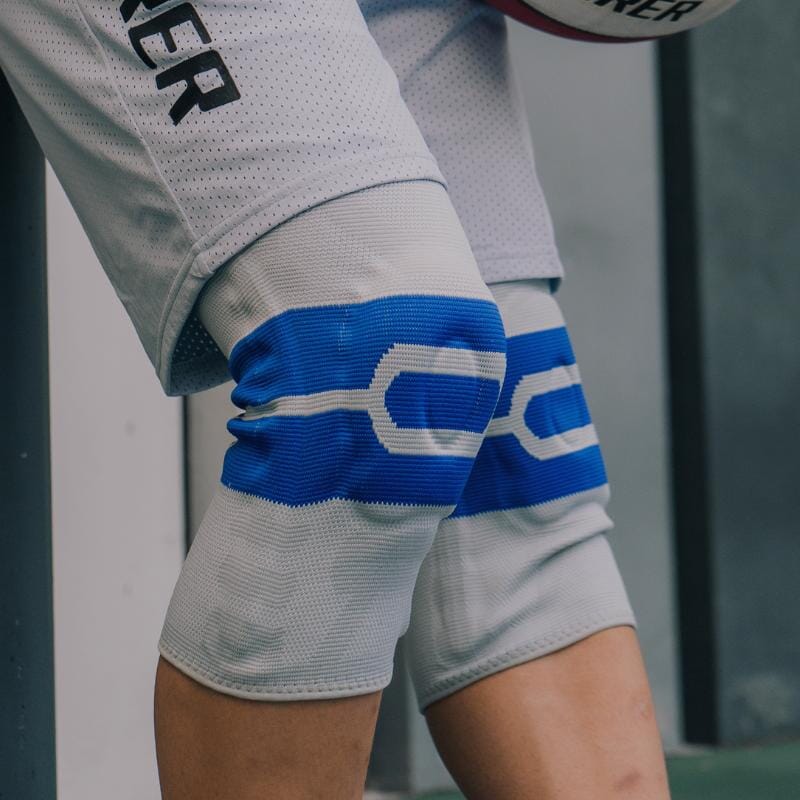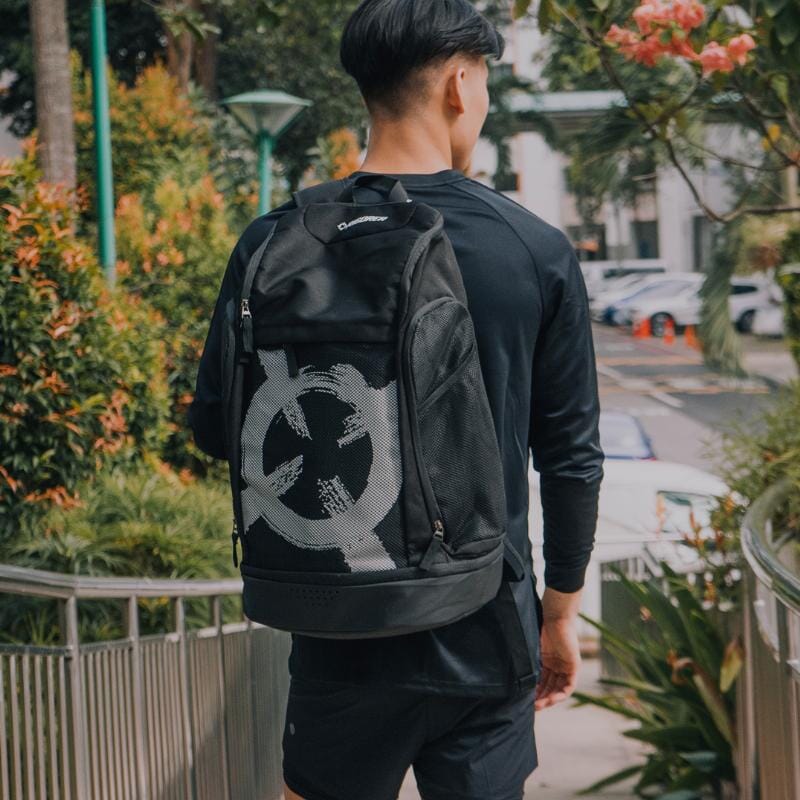Choosing The Right Knee Support

With so many knee supports and protection gear available on the market, it might seem like a challenging task to pick the right one for yourself. Besides, the role of each knee protection and support varies. Understanding your needs as well as the functionality of the different gear will help determine the most favourable one for you. Be it protection for high physical contact sports, relieving one’s knee pain, or during the rehabilitation process from an ACL tear; each gear’s role differs. Below, we will explain the different types of knee supports and gear so that you will be able to choose the most suitable one for yourself.
Knee protection & support gear are mainly split into two groups:
- Knee Support
- Knee Pad
1. Knee Support
Knee supports are equipment that can be classified under the following:
a. Knee Sleeves

Knee Sleeves are the most common type of knee support. They are made with the main function of compression around the knee joint. They can help to provide support to the knee, improve blood flow, control swelling, reduce pain and prevent the loss of body heat which can help aid the recovery process. However, the protection that it provides is very minimal.
Pros: Easily accessible, light-weight, flexible, comfortable, easy to put on
Cons: minimal support & stability, does not protect the knees from external injuries
Recommended for: Light intensity activities
b. Knee Patella Straps

Knee Patella Straps have become increasingly popular among young athletes for addressing anterior knee pain. Unlike most knee supports, they come with straps or bands that are tied between the bottom of the kneecap and the bump of the shin. This is to provide compression on the patellar tendon in order to reduce knee pain.
Pros: Comfortable, easy to put on, does not restricts movement, light-weight
Cons: Does not protect the knees from external injuries
Recommended for: People suffering from Patellar tendonitis (jumper’s knee), Arthritis, Osgood's-Schlatters disease
c. Knee Guards

Similar to a knee sleeve, its main focus is the compression of muscles around the knee area. Which can help in pain relief of patients and athletes. Especially in sports like basketball which athletes are required to jump a great deal. The knee guard also has a stretchy sleeve that not only keeps the legs muscles warm and ready, it provides support to knee muscles and ligament. It warms up your thigh and calf muscles on the back and side of your knee and prevents hyperextending during exercises or sports. You can even wear it to ease pain when climbing stairs!
Pros: comfortable, easy to put on, good support & stability
Cons: Does not protect the knees form external injuries
Recommended for: Moderate intensity activities, Amateur competition level sports
d. Knee Braces

Consider this an upgraded version of the knee guard. It provides even more support and stability. Yet offers full-on protection by absorbing impact from the collision during sports. They are easy to put on and take off. Knee braces can also be used post-surgery/ post-injury to keep the knee in proper alignment, protect the reconstructed knee as well as to prevent further injuries. The knee brace also limits movement to allow patients to gradually regain control of their range of movement. But take note, never overlie them during the post-injury stage
Pros: Relatively easy to put on and take off, relieves pain, aid post-injury recovery, maximum support & stability, provide some protection against injuries
Cons: Slightly heavier than other knee supports, restricts some movement, may be slightly uncomfortable at the start
Recommended for: High intensity sports, Mid to High Competitive Level sports
2. Knee Pads

What is a knee pad?
Knee pads are protective gear with “padding” on the front. Its main function is the protection of our knees. The padding around the knee is usually made of various types of foam. The padding acts as a cushion between the knee and the object of collision, reducing any outer impact to the knees.
Modern knee pads are specially made for more than its specific purposes. they are made to be more stylish, comfortable, flexible, lightweight, breathable and so on.
So how does wearing a knee pad help? Depending on the activity, it can not only prevent injury but elevate performance as well. Athletes can be confident to play to the best of their ability without having the need to worry about collisions and damaging their knees.
Wearing a knee pad can also help prevent Osteoarthritis
Remember, an ounce of protection is worth a pound of cure.
Pros: Prevents knee injuries, comfortable, easy to put on, easily accessible
Cons: Does not provide stability for knees, does not relieve knee pain
Recommended for: Activities like basketball, volleyball, netball, floorball, hockey, rugby, football, skateboarding, snowboarding
3. Tightness
Tightness in the knee when using knee support and protection is normal. This tightness actually helps to circulate blood flow and keeps the muscle warm and ready for your activities. It also helps to keep them in place throughout the entire activity and prevent them from slipping. But keep in mind that you should also be feeling comfortable when wearing a knee support or a knee pad. If the knee support or knee pad you are wearing is uncomfortably tight and you are losing blood circulation, you should loosen the straps (if any) or change the size of the knee support you are wearing. It is recommended to use our size chart listed on every product page for better accuracy of the size you need.
4. So which knee protection gears to choose?
Ask yourself, what is the main reason for your need for knee gear. To prevent your knees from external injury? To support them post-surgery? Or even for mild pain relief?
If you are looking to protect your knee during a game of basketball, go for a knee pad or a knee brace! Whereas, if you are looking to give your knee support and stability, wear a knee sleeve or knee guard.
This decision is also based on the amount of movement you need, type of knee pain or injury you have and whether you are recovering from an injury.




Leave a comment